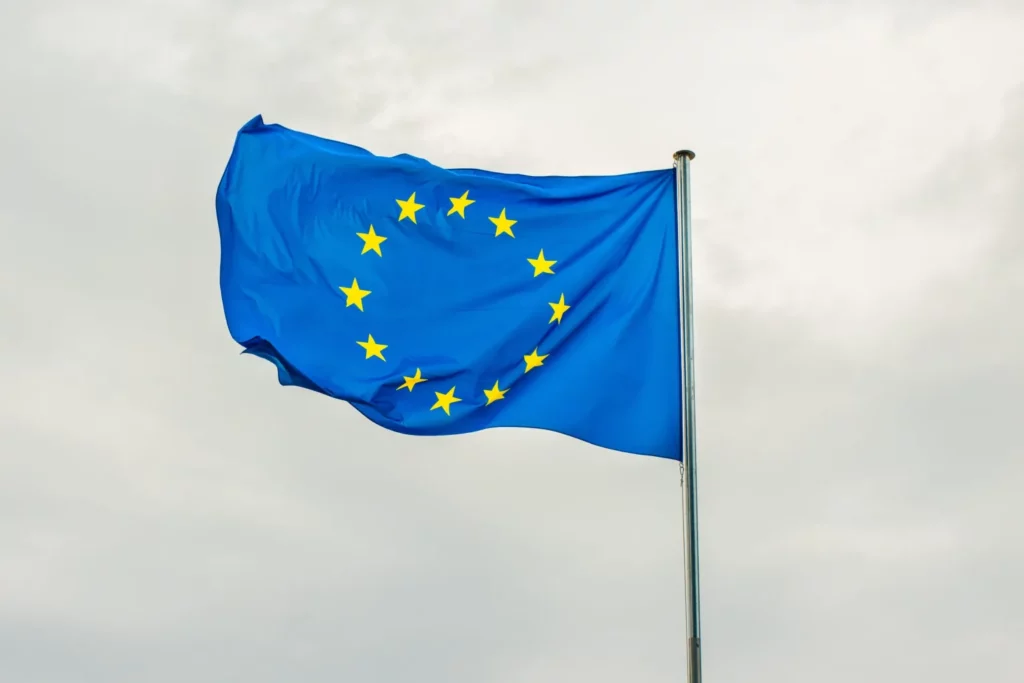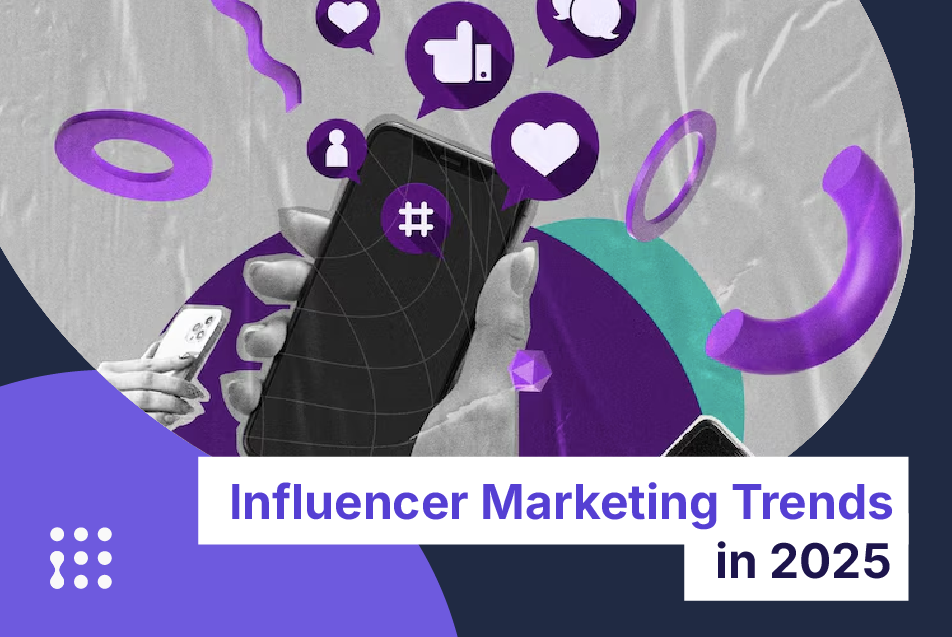Influencer marketing is a powerful strategy for brands to connect with their target audiences and amplify their message. By partnering with influential individuals on social media platforms, brands can leverage the trust and reach these influencers have built to promote their products or services. However, when it comes to conducting influencer marketing campaigns in the European Union (EU), it’s crucial for brands to understand and comply with the specific regulations governing this practice.
On May 22, 2023, the European Advertising Standard Alliance (EASA) has updated its best practices regarding influencers and how they need to disclose collaborations and partnerships.
But what this means for everyday marketers that want to carry out an influencer marketing campaign in the EU? In this article, we are going to discover how to craft a perfectly EU-regulation-compliant influencer marketing campaign.

What are EASA’s best practices on influencer marketing?
EASA’s best practices on influencer marketing are the bedrock foundation for doing influencer marketing in the EU. While some countries may have more stringent or more lax regulations, adhering to EASA’s will make you compliant in most cases.
EASA is a self-governing agency that collects all the national advertising agencies active in the EU and tries to coordinate them in adopting similar regulations to create a homogeneous environment when it comes to advertising. The EU has established a single market where goods and services can easily pass across borders, but it is not the same story for advertising: each country has its regulations that establish how promotions of products can be carried out.
While not constituting law, EASA’s best practices aim to be the stepping stone to spark national self-regulatory organizations (SROs) into adopting a cohesive and coherent regulatory framework.
How to do influencer marketing following EASA’s best practices:
The founding pillars of EASA’s Best Practices are responsibility, recognizability, and disclosure.
Influencers and Brands are concurrently responsible for making sure to abide by disclosure regulations and acting following local laws. The sponsored content needs to be instantly recognizable as such and overtly disclose its sponsored nature. Each local SRO usually provides a list of hashtags and terms that can be used to easily disclose a post born from a brand influencer partnership.
To simplify creators’ and marketers’ lives EASA also created DiscloseMe, a simple online tool to help influencers and marketers to know the regulations for each European country.
Digital Service Act & influencers
Entered into force on the 16 of November 2022, the Digital Service Act (DSA) has the goal to contain the spread of harmful content and create an environment that is faster to react to illegal content. In doing so, the DSA tackled influencers and their content. By connecting the definition of “illegal content” with the national law of member states (“any information or activity, including the sale of products or provision of services which is not in compliance with Union law or the law of a Member State, irrespective of the precise subject matter or nature of that law”), the DSA expands already existing regulations applicable to advertising to influencer marketing.

GDPR compliance in influencer marketing
General Data Protection Regulation (GDPR) is the main legal framework that rules the collection and use of data of EU citizens. Implemented in 2018 it aims to protect personal data and guarantee the right to be forgotten to any individual that had previously provided its personal data. Anyone who intends to engage in influencer marketing within the EU should make themselves very familiar with the provisions included in the GDPR since fines for breaching it can reach 20 million euros or 4% of a company’s international turnover.
Luckily for you, if you are engaging in influencer marketing is quite easy to comply with GDPR’s requirements since differently than with other ways of marketing you are not collecting influencers’ or customers’ personal data.
If you plan to collect influencers’ or (potential) customers’ data you need to explicitly say so. Furthermore, you need to be able to scrap records about any individual at that individual’s will. Any use of data collected this way should be done only after anonymization if not otherwise directly agreed with the involved subjects.
The 8-steps Influencer Marketing Campaign in the EU
Define the campaign objective
Is important to have clear in mind what is the final objective (or objectives) of your campaign. Once the ultimate goal is defined you can start evaluating which are the appropriate steps to take in order to achieve it, on which platforms you should engage your audience, and with which types of content.
Having identified the campaign objective and the path to achieve it it will be easy to spot which metrics would allow you to understand if the campaign is going in the right direction while it is running, these are going to be your KPIs.
Identify target audience
Consider psycho-demographic factors that are shared by your current customers and use that information to highlight interests, buying behaviors, and content categories. Through this process, or creating consumer personas, you will get closer to understanding what moves your customers and how you can approach new potential customers through content and influencers.
Research and select influencers
The right influencer would not only be able to help you achieve your final goal and approach your target audience but will also align with your company values and vision. The extra step of finding influencers that match your company deeply will be a major help in establishing trust in their audience and creating a stronger bond with your brand. While is always recommended to prefer content creators with a highly engaged audience you may also want to focus on other metrics that may better reflect your campaign objectives. To simplify your life influencer marketing platforms, like CreatorDB, provide advanced search tools to easily identify creators on the base of many different markers.

Find Your
Perfect Influencer
Match Instantly
Start up the partnerships
Once you identified the influencers you want to work with you can start connecting with them. This is as simple as sending out emails that describe the details and establishing a communication line with the interested creators. Is it at this time that you will have to negotiate the terms of collaboration, such as compensation, content requirements, posting schedules, and disclosure guidelines. It’s important to ensure transparency and align expectations with the influencers.
Create compelling content
Work in concert with the influencers to craft content that is both compelling to their audience and aligns with your brand values and goals. To streamline this process you can prepare guidelines and creative directions that will allow the creators to understand how they can keep their style and voice while fitting your brand image and values.
Ensure legal compliance
Before anything goes live make sure that all creators are aware of their country’s local regulations in matters of influencer marketing. As a general rule sponsored content of any kind needs to be disclosed as such and tagged with hashtags that identify it as an advertisement. Under the upcoming implementation of the DSA influencer’s content will get closer to other forms of content in the regulatory framework.

Monitor performances and optimize
When a campaign is running is important to have under control the various metrics that were identified as KPIs. Concurrently you should measure the different influencer’s performances. Collecting real-time data on each of the pieces of content you sponsored is going to allow you to understand if your planned steps are functioning in the way you intended. By keeping the pulse of the situation in check you will have the chance to tweak your campaign if things are moving in an unexpected direction.
Foster long-term relationships
To leverage the influencers effectively maintain open communication, provide timely feedback, and consider evolving the initial collaboration into something else if the experience with the influencer was positive and productive. Long-term collaborations are conducive to trust and loyalty building toward the brand.
Conclusion
While there are not yet European-level regulations for influencers set in stone a series of tendencies are emerging: is to be expected that more responsibilities will fall onto creators and possibly, on the French example, brands for disclosure. Concurrently EASA is calling for the local SROs to introduce a more inclusive approach when it comes to influencers instituting certifications and compliance courses.
If you are running influencer marketing campaigns in Europe or you plan to do it in the future this is a moment of changes, influencers are gaining traction at times positive and at times negative this is bringing the eye of the regulators on the field and will possibly translate in various European countries introducing more specific regulations on the base of the EASA guidelines or the example of other nations.





